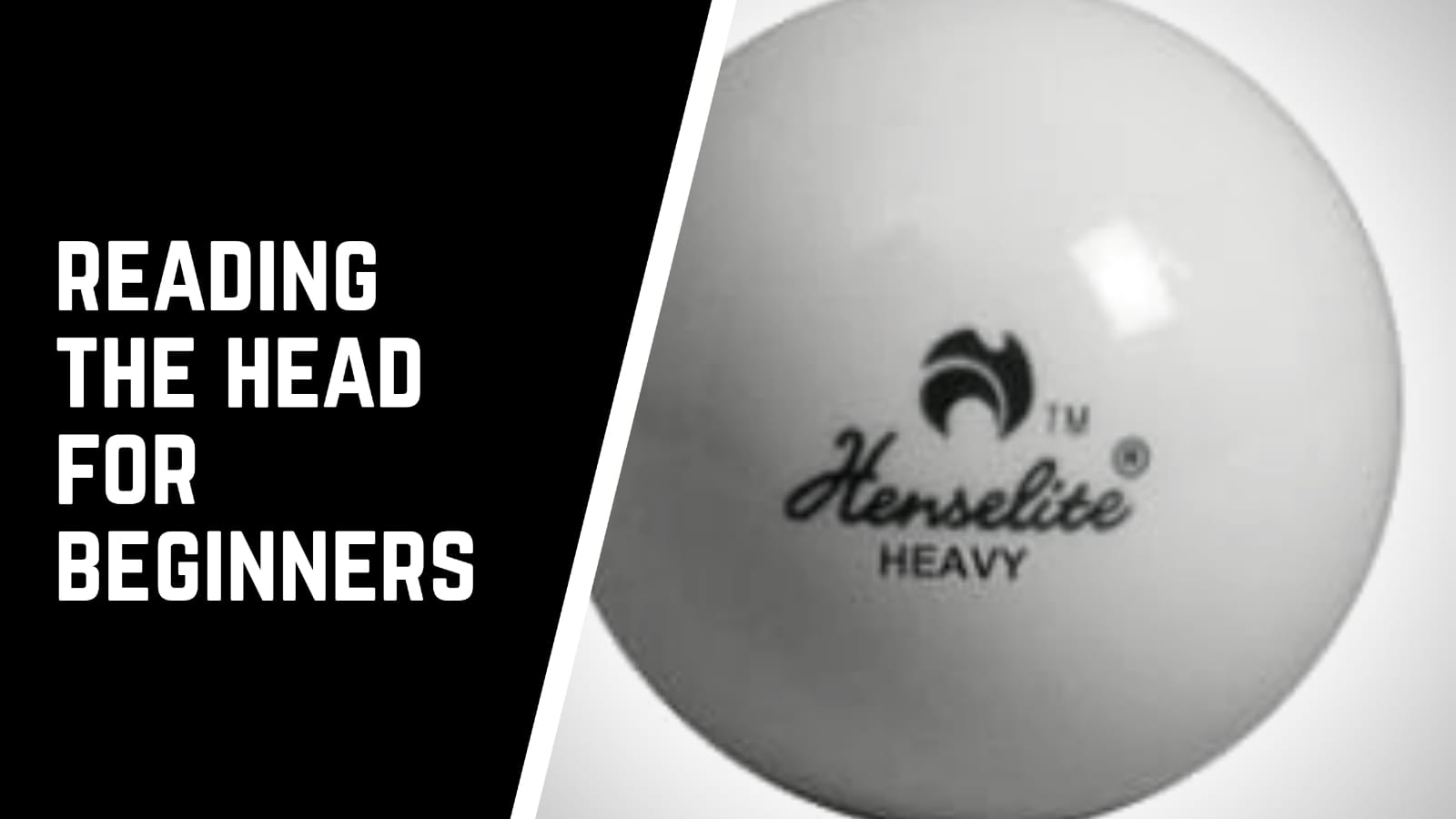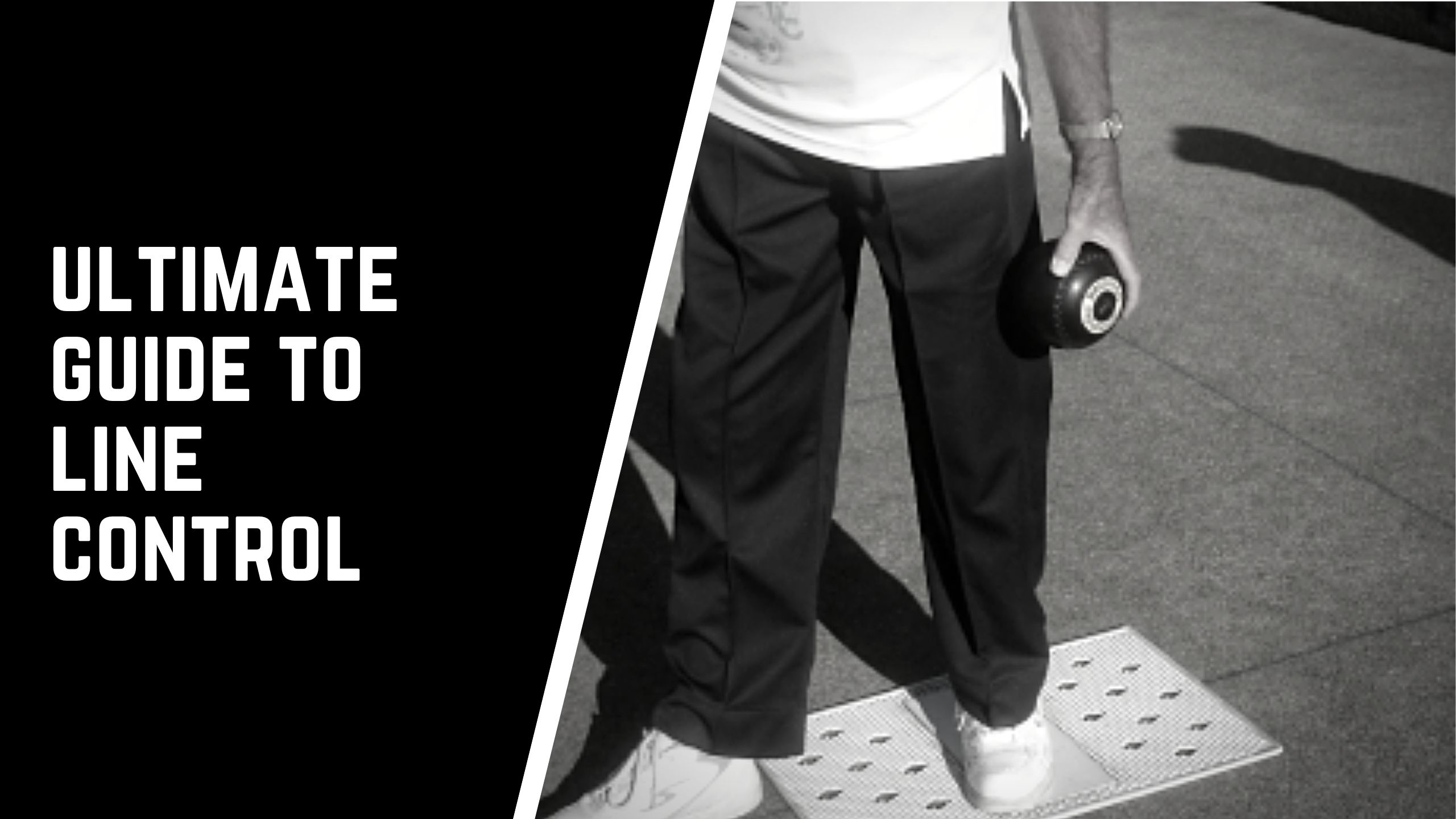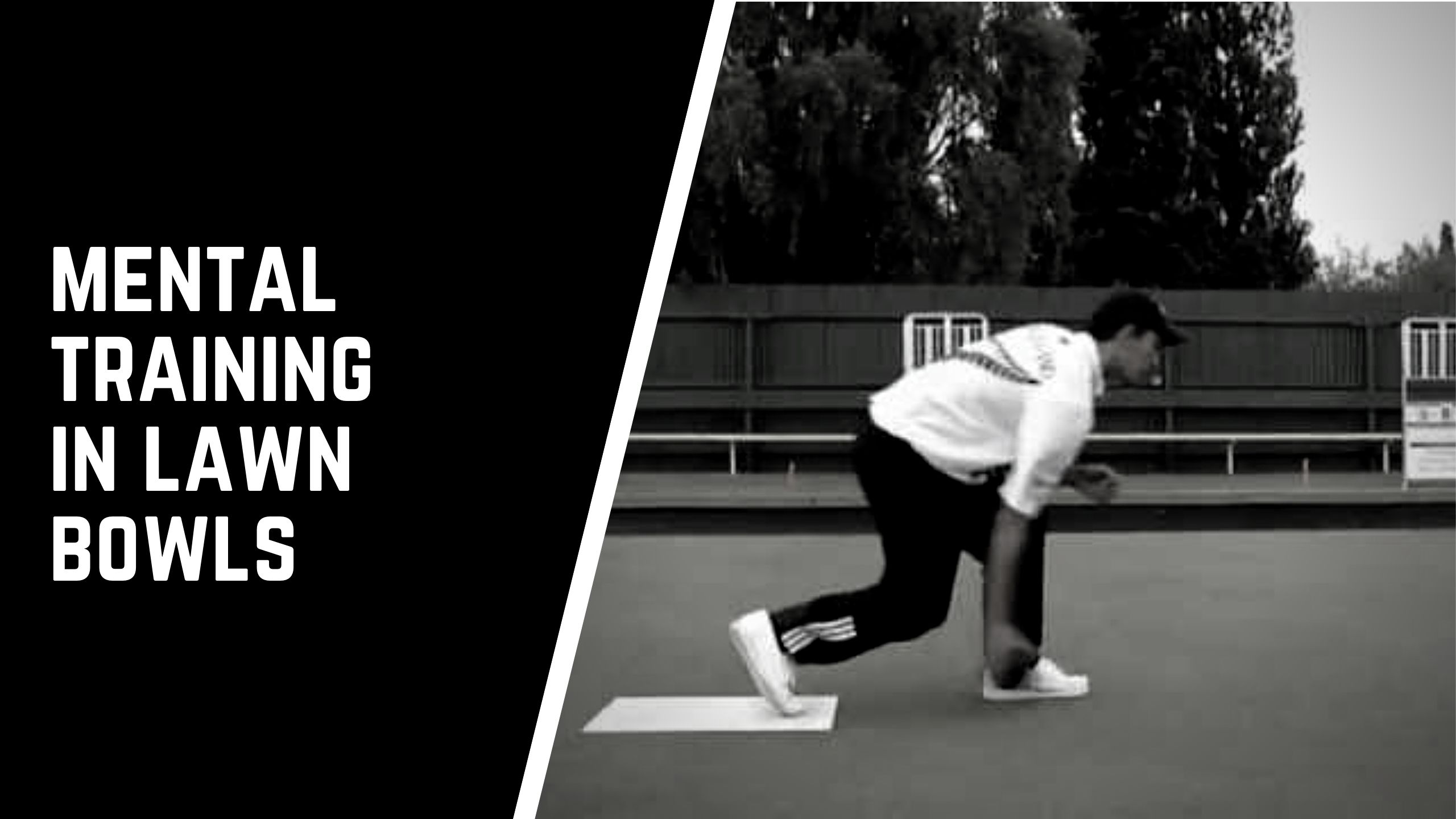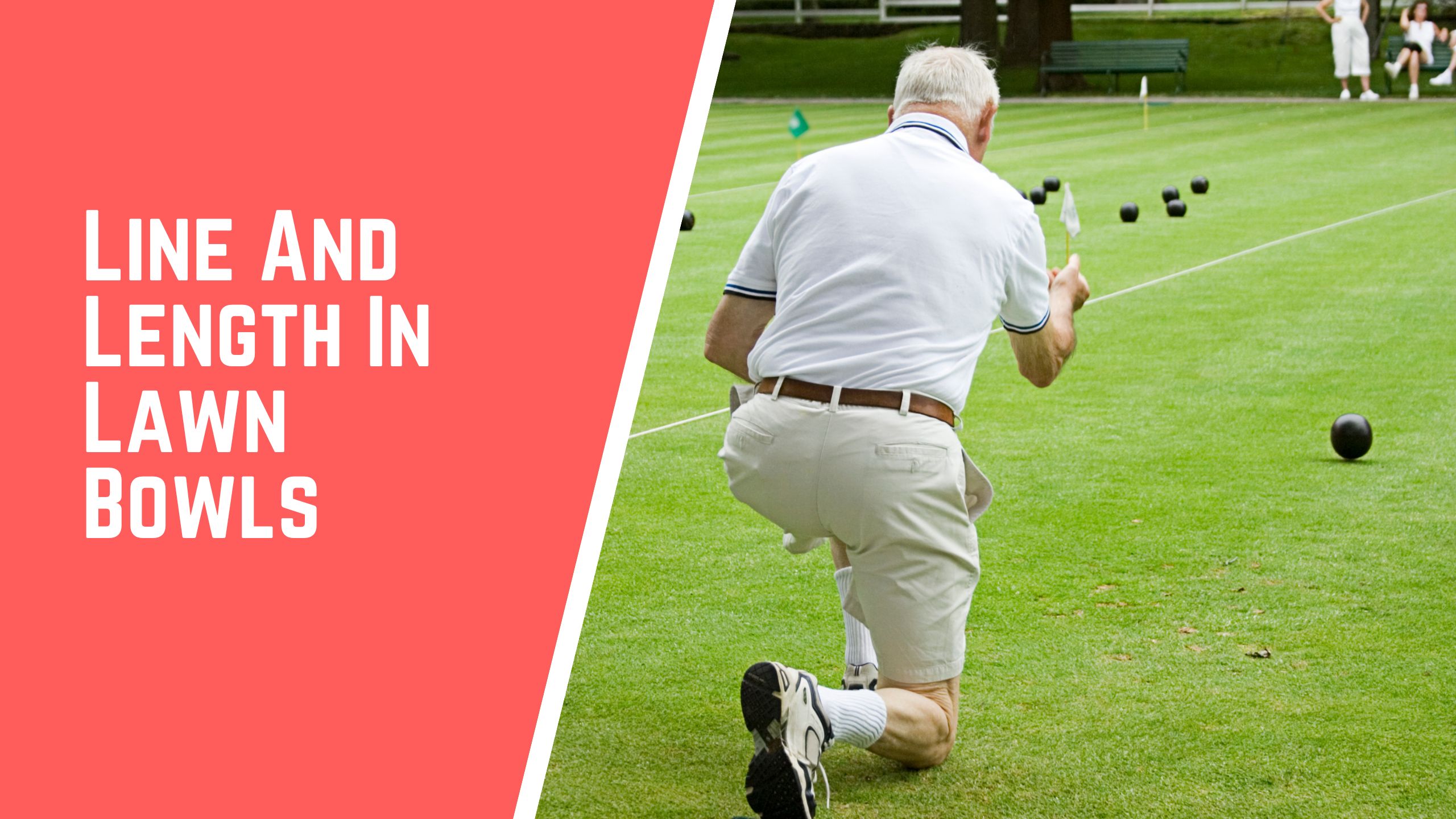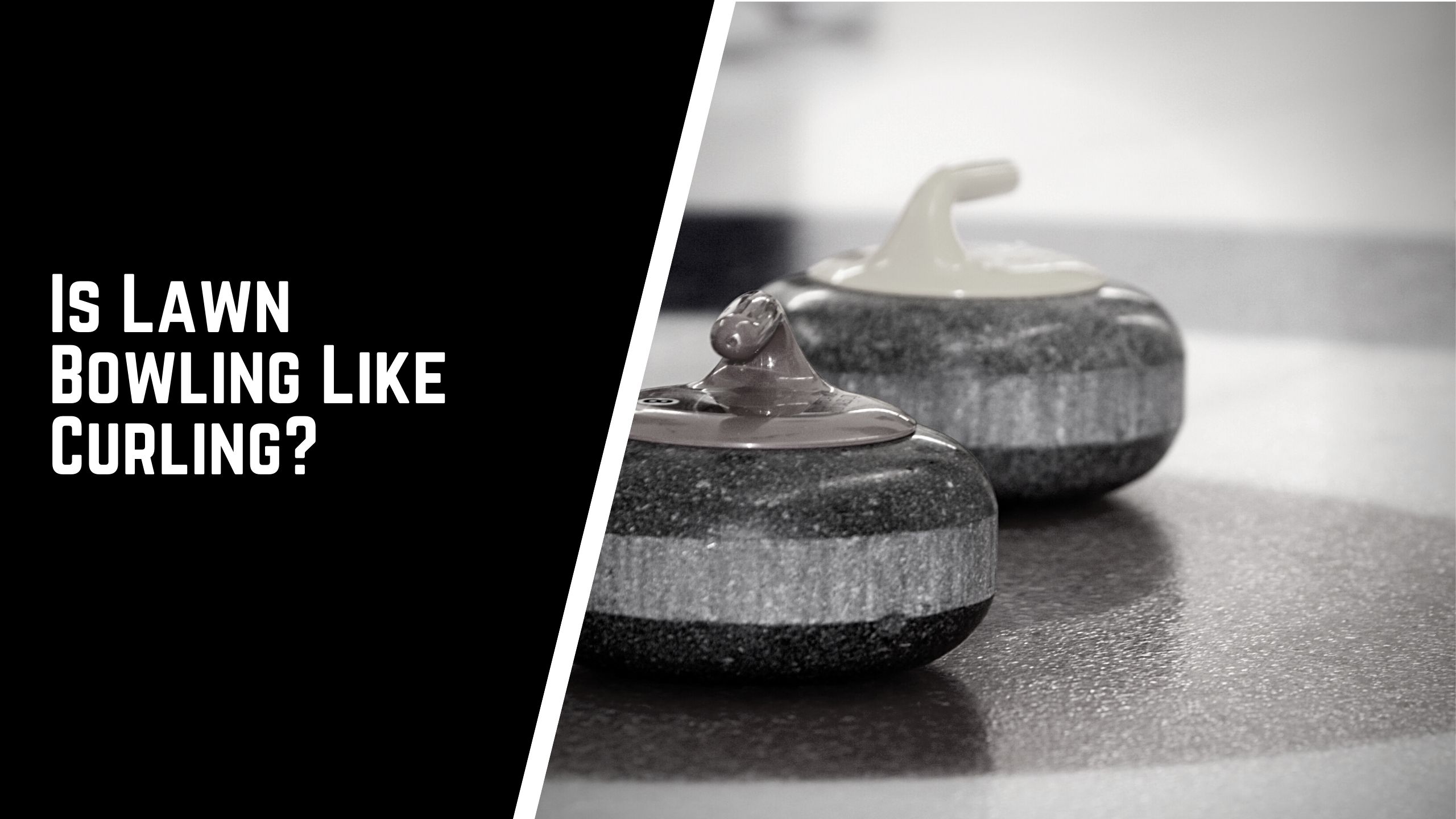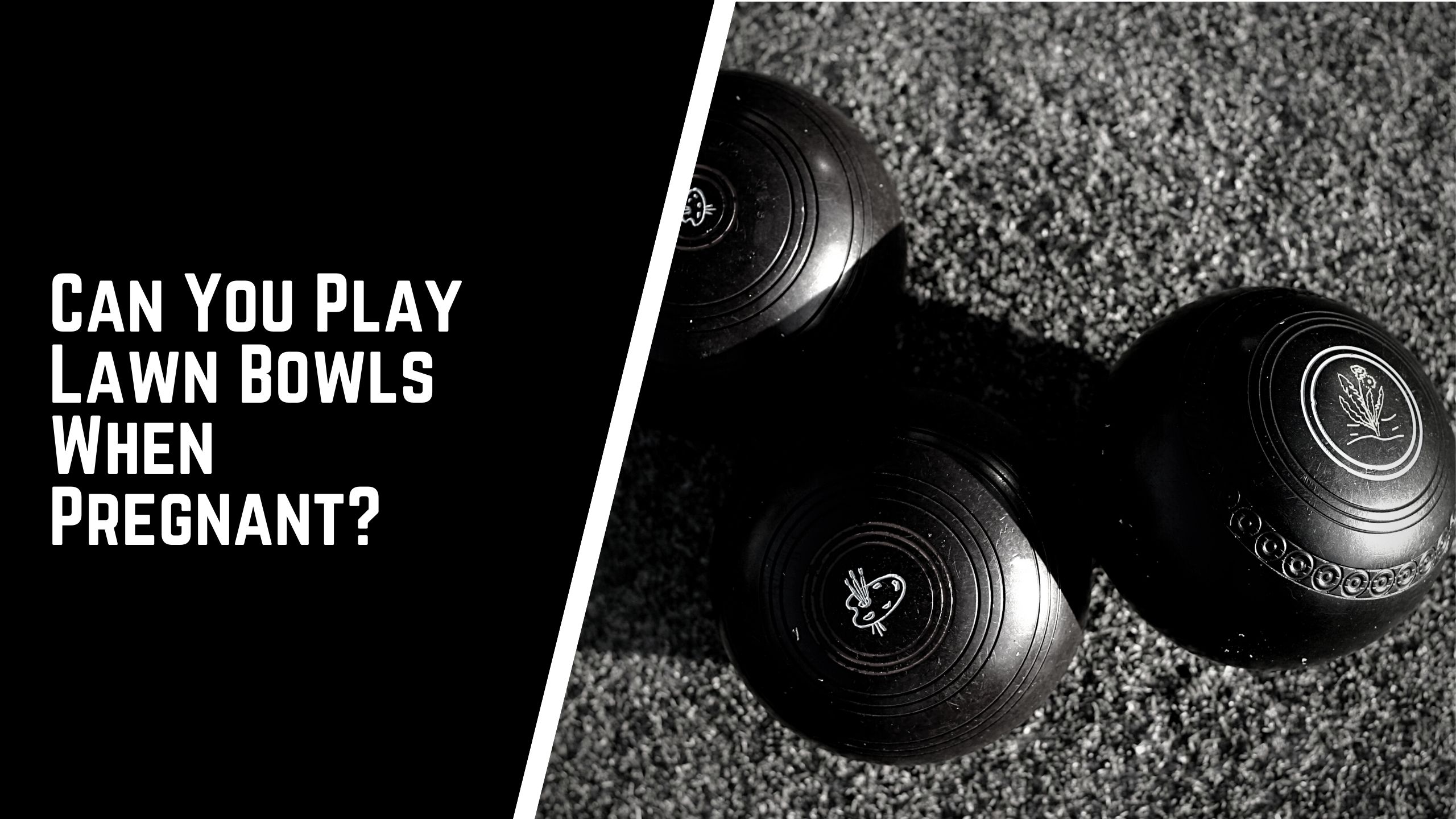A game of singles lawn bowls involves different tactics than when you are playing in a team. You have to effectively play the roles of skip, lead, second and third yourself and don’t have the advantage of a skip reading the head and telling you which shots to play. It requires tactical thinking as well as skill to win.
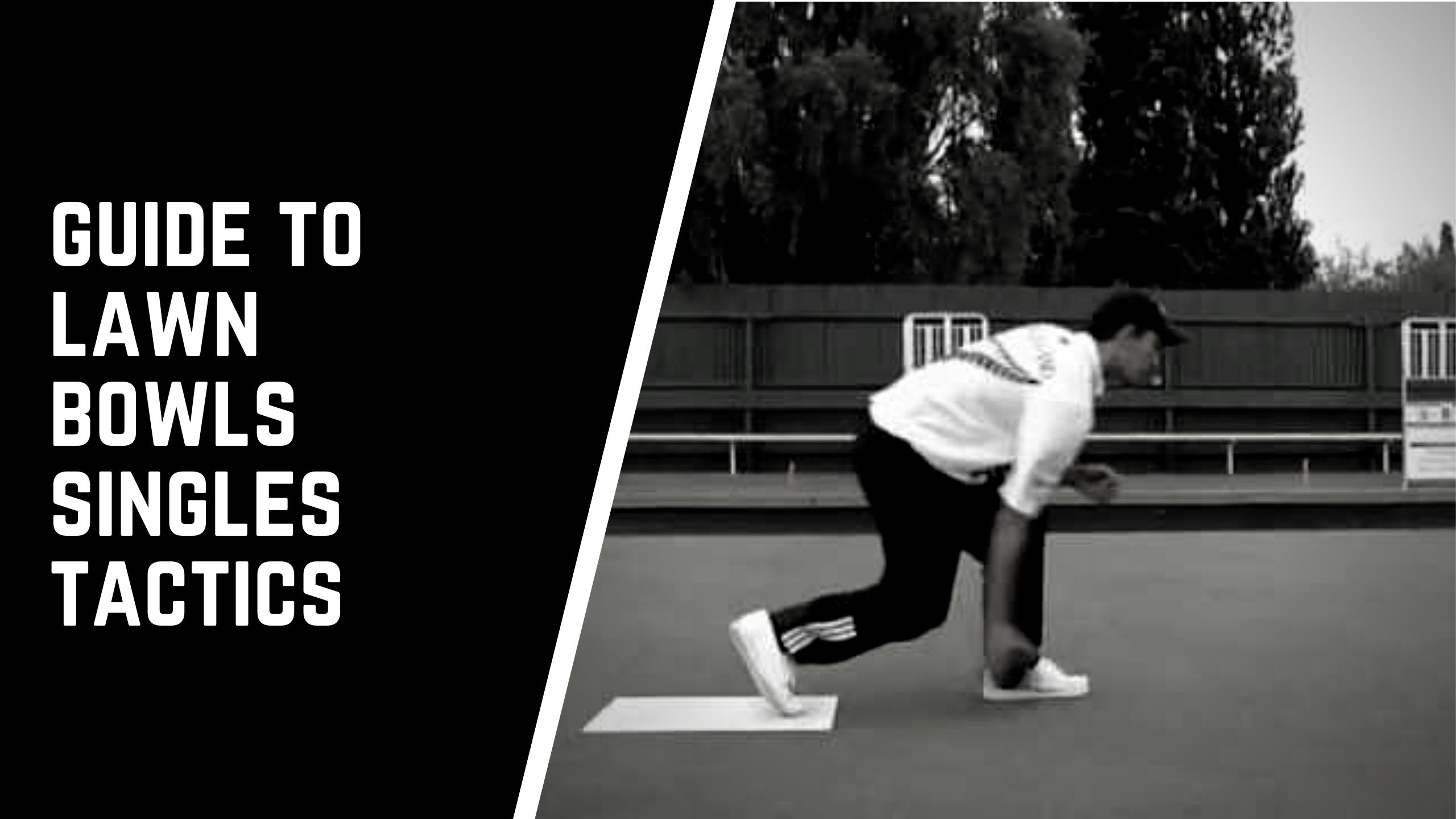
Tactics in singles lawn bowls require constant awareness of the state and pace of the green, wind direction, your favoured hand, your own and your opponent’s strengths and weaknesses, and how to use your shots to best effect. Look for advantages in jack placement and building the head to help you win.
Trial Ends And Planning To Win
Normally you will play a few trial ends before the start of a game, there will be several unknown factors that you need to inform your strategy. This information has to be acquired in the trial ends as far as possible. While you understand your own strengths and weaknesses, you won’t know those of your opponent if you haven’t been matched with them before.
Assessing The Conditions
Closely assess the green as best you can to determine which is the most favorable side. This means looking for dry or dense patches, wear and tear at the ends of the rink, and thinking about the weather. No two bowling greens are the same, and the same green can change over the course of a game as it dries out.
Has the green been recently mowed, or is the grass a little bit longer? Did it rain the previous day, or was it sunny? Does the green look freshly rolled? Does it feel damp? All these factors can make a subtle difference to how a bowl travels. The wind direction is also a factor you need to consider if it isn’t a still day.
If you win the toss, electing to deliver the jack can give you a tactical advantage, so don’t give it away to your opponent. The jack should not be thrown or rolled, but consciously bowled. This can give you a surprisingly accurate idea of how the green is running.
Aim the jack to stop at around three-quarters of the length of the rink. If it comes up short of where you intended, the green is running slow, but if it overshoots your mark, then it is running fast. If the jack bounces or bobbles a bit over certain patches in the green, then you know where it is slightly uneven and can avoid those areas with your first bowl.
If you know you are playing against a less experienced player, delivering the jack to the far end of the green could give you a tactical advantage. If your opponent is more skilled than you are, you might want a medium or relatively short end to reduce the chances of a trailing or running shot from them putting the jack into the ditch.
Some people think that playing short ends is much easier than playing medium or long ends, but experts have remarked that even experienced players may lack the control to play well at extremes of the green. You should always position the jack at a length that suits your strengths rather than trying to anticipate your opponent’s weakness at the start of the game. Once you have identified your opponent’s weaknesses, then you can play them to your advantage.
The control required over balance, line, and weight is much greater when playing long or short ends than when playing medium ones and many people are not as experienced with them as with medium ends. Getting the weight right is one of the most challenging things for bowlers, especially beginners, so position the jack at a length where you are most comfortable.
Mat placement is also important. Try to position it so that the place where your bowl first makes contact with the green is smooth and clean. If there are no obvious weak spots, then set the mat such that it is best placed to aim at specific desirable points. One side of the rink may play narrower or wider than anticipated, so you need to quickly identify which is which.
A general rule is that when playing in a crosswind, it is better to play the narrower side of the green. Also, when playing into the wind, choose longer ends and when the wind is at your back, play shorter ends. You should avoid playing “around the clock,” which means playing the same hand both up and down the green because this promotes inconsistency as you are effectively playing both sides instead of the most favorable one.
Visualizing The Head
First, think about how you will position your bowls around the head and envisage how you want it to look once all the bowls have been delivered. Then decide what tactics you are going to use to achieve that. You will have to adjust your tactics in the course of the game, depending on how your opponent is bowling, but it’s always a good idea to start with a plan.
A beginner might be tempted to just cluster as many bowls around the jack as they can. However, two bowls close to the jack on the same side make a big target for your opponent to drive at and move the jack out of reach. Also, if your bowls do not encompass the whole head, your opponent could move the jack to an area where you have no bowls.
Select the hand that best suits the side of the green you have chosen to play and stick with it. Consistency is vital, so don’t swap between different hands on the same end. Your eye and hand will learn the side of the rink you are playing, and you don’t want to spoil that muscle memory unnecessarily.
However, remember that you will need to use the opposite hand to keep playing the favorable side of the green when playing back down. So if you started with a forehand up the green, you should play backhand on the way down unless you believe there is good reason to play the different side. The wind direction will differ depending on whether you are playing up or down the green.
The First Shot
You should assess the green from both ends to decide which is the best hand to use. Your first play should always be a draw shot. This type of shot is known as the bread and butter shot of bowls because it is the one most commonly played. However, draw shots can also be used to position your bowls around the head strategically.
One cardinal rule for the start of a game is don’t bowl short of the jack. While short bowls can be used strategically as blockers in the middle of an end, you don’t want to start like that because your opponent can easily bowl past you while the head is being set up. Also, they can move the jack further down, meaning your short bowls are out of the running.
You should try to play the first bowl in a singles game and the second as though you were playing lead.
Second, Third and Fourth Bowls
Your first and third bowls are the most tactically important in a singles game. Don’t play aggressive shots like drives and running shots unnecessarily in singles because they can end up scuppering your chances of winning.
Your choice of the favored hand should be based on your knowledge of your skill and ability and the rink conditions, the weather, and any knowledge you have of your competition. Deviations from your favored hand should be kept to a minimum. Swap hands only if it is tactically sound to do so.
Your second shot should ideally not be right next to the first but instead placed where you anticipate the jack is most likely to go should your opponent hit it. You should aim to position your bowls around the jack at a few different distances from it to cater for potential changes in its position.
When your bowl is lying shot, avoid bowling narrow. In other words, don’t send subsequent bowls that cross the centerline to the jack and end up on the opposite side. A narrow bowl could end up moving the jack away from your shot bowl or giving a place for the opposition’s bowls to come to rest.
Niggling is when a player gratuitously attacks the head all the time. If your opponent is doing this, play long ends to make it more difficult for them. Long ends will often see a niggler’s bowls ending up in the ditch. This could put them off, and they may start bowling short.
Attacking play has its place, especially if a few of the opponent’s bowls are in the head. You would use your third and fourth bowls for attacking the head. However, you should always play the shot that offers more than one opportunity to reach your goal.
You should play your second and especially your third bowl strategically in a singles game. Don’t use them to pack the head. Instead, use them to clear the way for your final draw shot or position them behind the jack to cover the possibility that your opponent moves it.
Attacking play is risky if you are a couple of shots down. Look at whether your opponent has several bowls behind the jack first to see if it could move closer to them if you hit it. If you have bowls behind the jack to receive it, then attacking could work to your advantage. Don’t take unnecessary risks.
Bear in mind that your opponent is more likely to use attacking play if you have a few bowls close to the jack. A single bowl near a relatively isolated jack is more challenging to target than multiple bowls clustered in the same small space. If you are playing a shorter end, attacking shots are more likely to be successful than with longer ends because the target is closer.
When playing singles, it is advisable to use draw shots as much as possible. Singles games have fewer bowls in the head, which means larger gaps between them through which your bowl can pass.
Running shots are delivered with more weight than draw shots and are usually used to take out an opponent’s bowl by striking it with your own. Ideally, your bowl hits the other one and stops while the other one is bumped away. Running shots are used when the head is not looking good for you and you want to shake things up a little. They are considered to be attacking play.
The drive is a shot that may meet with a mixed reception in a game of bowls because it is very aggressive, and some don’t consider it sporting. It should only be used in exceptional circumstances and is unlikely to be needed in a singles game. When you are down to your last bowl, and the head is against you, the drive shot is your last resort.
The drive shot is delivered with so much weight that it breaks up the head and, in the best-case scenario, hits the jack and puts it into the ditch. However, the outcome of a drive shot is very unpredictable. If you are only a single shot down, driving is not a good idea because you could take out your own bowls lying nearby and increase the count against you.
It is tough to master the drive shot, and for beginners and in singles games, it is generally not recommended. You should use your third bowl to consolidate your position or clear the head to deliver your last bowl. Before playing the third bowl, study the head carefully and if you can’t see it properly, leave the mat and walk up to it.
You should try to build the head consciously rather than leaving it to chance. If you realize that you can’t win an end, then lose by the least number of shots. If your opponent is lying shot let them have that one shot rather than risk scattering your bowls further away.
If you are winning at a particular length, try to use that same length when placing the mat and rolling the jack in subsequent ends.
The Psychology of Lawn Bowls Singles Play
Always watch your opponent’s bowls as closely as your own. This can give you valuable information on your opponent’s strategy, their preferred hand, their weaknesses, and strengths, as well as the performance of the green. If they consistently bowl short of the jack, they may battle with long ends, while if they consistently overshoot the jack, maybe shorter ends will be to your advantage.
Is your opponent’s delivery balanced, smooth, and graceful, or awkward and cramped? This may be a hint that they will battle with longer or shorter ends. What is your opponent’s attitude? Are they calm and assured or nervous or aggressive and likely to make mistakes?
Ask yourself if your opponent prefers the forehand or backhand. How does your opponent choose to aim – by selecting a spot on the green or by using the markers on the bank? It might be a good tactic to move the mat to disturb their aim. Never allow your opponent to distract you when delivering a bowl or stepping up to the mat.
Maintaining your concentration is critical.
Bowls is a mental as well as a physical game. Try to visualize the path your bowl must follow before you deliver it and observe it as it travels towards the jack. Don’t tense up when it’s your turn to deliver a bowl. Consciously relax and narrow your focus to what you are doing in the moment.
If you deliver a good bowl, your observation of what you did at that moment could help you with your next shot. Singles players must constantly be observing the game and cannot afford to be distracted.
If you are being outplayed, try to make your opponent change their hand by using blockers. If you are being blocked, changing your foot position on the mat can help to avoid the bowls in your way.
Conclusion
When playing a singles game, you have to concentrate on every bowl played, whether by you or your opponent and use every bit of information gathered to decide your tactics. A beginner can learn a lot by mindfully watching experienced singles bowlers, but there is no substitute for playing the game yourself. A thoughtful approach is essential because you don’t have a team to help you or bail you out if you make a mistake.
Get The Complete Lawn Bowls Drill Pack
The Jack High Bowls Drill Pack is available now for instant download.
Perfect for beginners and improving players looking to be more consistent and win more games!
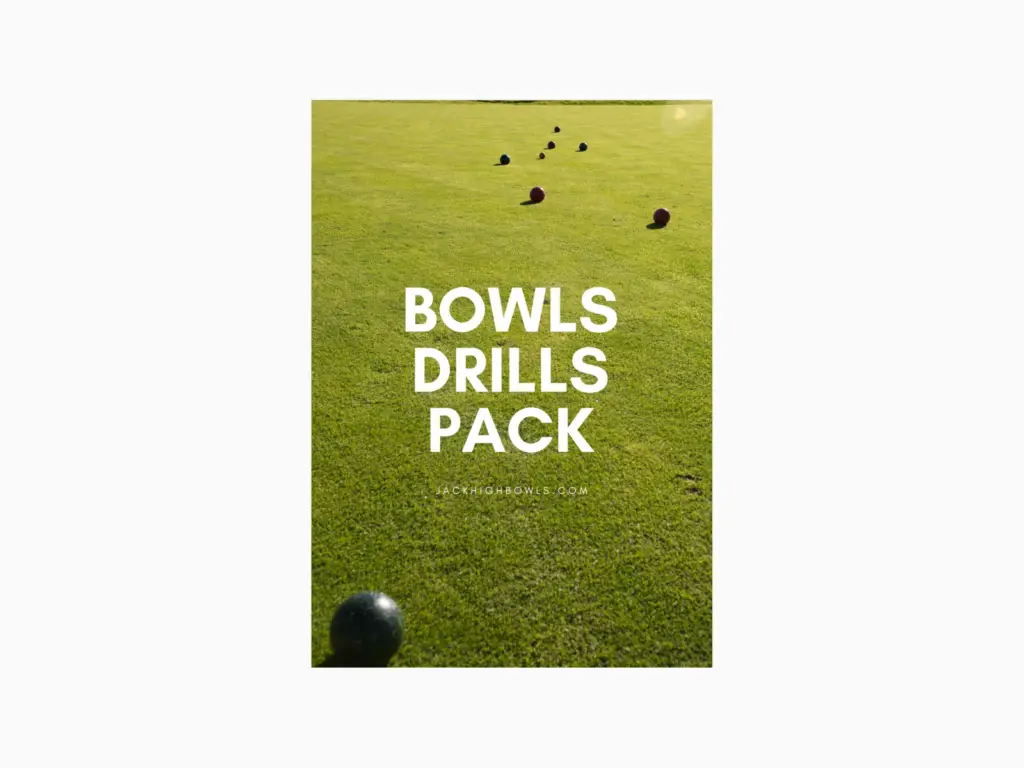
Get The Complete Lawn Bowls Drill Pack
The Jack High Bowls Drill Pack is available now for instant download.
Perfect for beginners and improving players looking to be more consistent and win more games!


